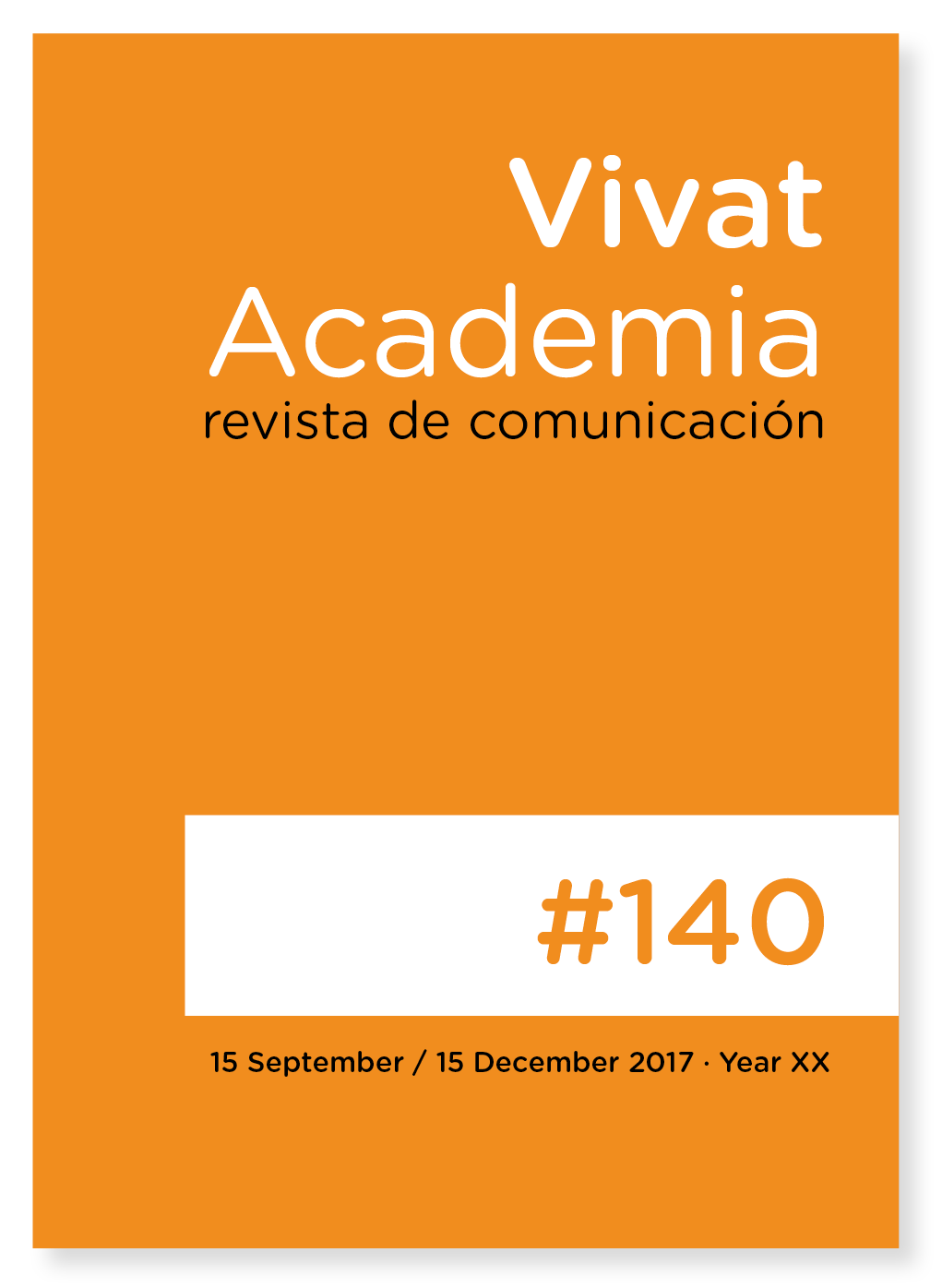Use of repetitive permutation as binomial experiment teaching
Main Article Content
Abstract
This article presents the reader two (2) ways of education for Experiments Bernoulli "Success - Failure" consolidated in the Probabilistic Binomial Distribution and explained from two (2) counting concepts: with repetition and without repetition.
Binomial Distribution, conceived as a discrete probabilistic distribution of successes and failures (experiments of Bernoulli), presents its most important characteristic in the counting of scenarios, determined by an expression determined by several authors as combinatorial number without repetition, when it is feasible to present it also as a permutation with repetition in two (2) scenarios, success and failure. It is interesting to analyze the numerical coincidence between the use of permutation with repetition and the combinatorial number without repetition, promoting explanatory arguments to support teachers for two contexts of teaching - learning for the binomial distribution; on the one hand, the traditional method of combinatorial number without repetition, in a probabilistic distribution with independent events and, on the other hand, by way of a method of analogous counting to the Probabilistic Multinomial Distribution that presents a binding process between independent Bernoulli trials, by counting the events of the sample space through permutation with repetition, particularized for the case of 2 complementary scenarios (success and failure). This is why every educator should know and manage both contexts of teaching - learning for Binomial Distribution, in order to enhance the teaching strategies necessary to contemplate the combinatorial theory with repetition or with replacement, with the option of permutations with repetition if required.
Downloads
Article Details
References
Anderson, D R.; Dennis J. S.; Thomas A. W. (2016). Estadística para Negocios y Economía. Londres: Cengage Learning
Boada, A. (2001). Uso de la Permutación con Repetición, como Herramienta para la Enseñanza de la Probabilidad. Matanzas, Cuba: COMAT’01, Universidad de Matanzas.
Díaz Mata, A. (2013). Estadística aplicada a la administración y la economía. McGraw-Hill Interamericana.
Douglas, Lind A. (2012). Estadística aplicada a los negocios y la economía. McGraw-Hill Interamericana.
Meyer, P. (1999). Probabilidad y Aplicaciones Estadísticas. Addisson: Wesley Iberoamericana.
Shao, Stephen P. (1967). Estadística para Economistas y Administradores de Empresas. México: Herrero Hermanos, Sucs.
Walpole, R. & Raymond M. & Sharon M. (1999). Probabilidad y estadística para ingenieros. Pearson Educación.
Webster, Allen L. (2003). Estadística aplicada a los negocios y la economía. Bogotá: Mc Graw Hill.





